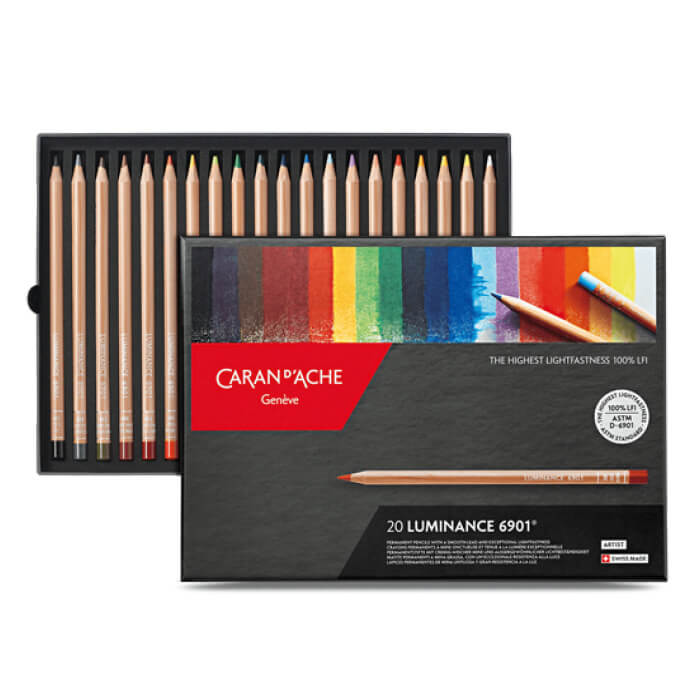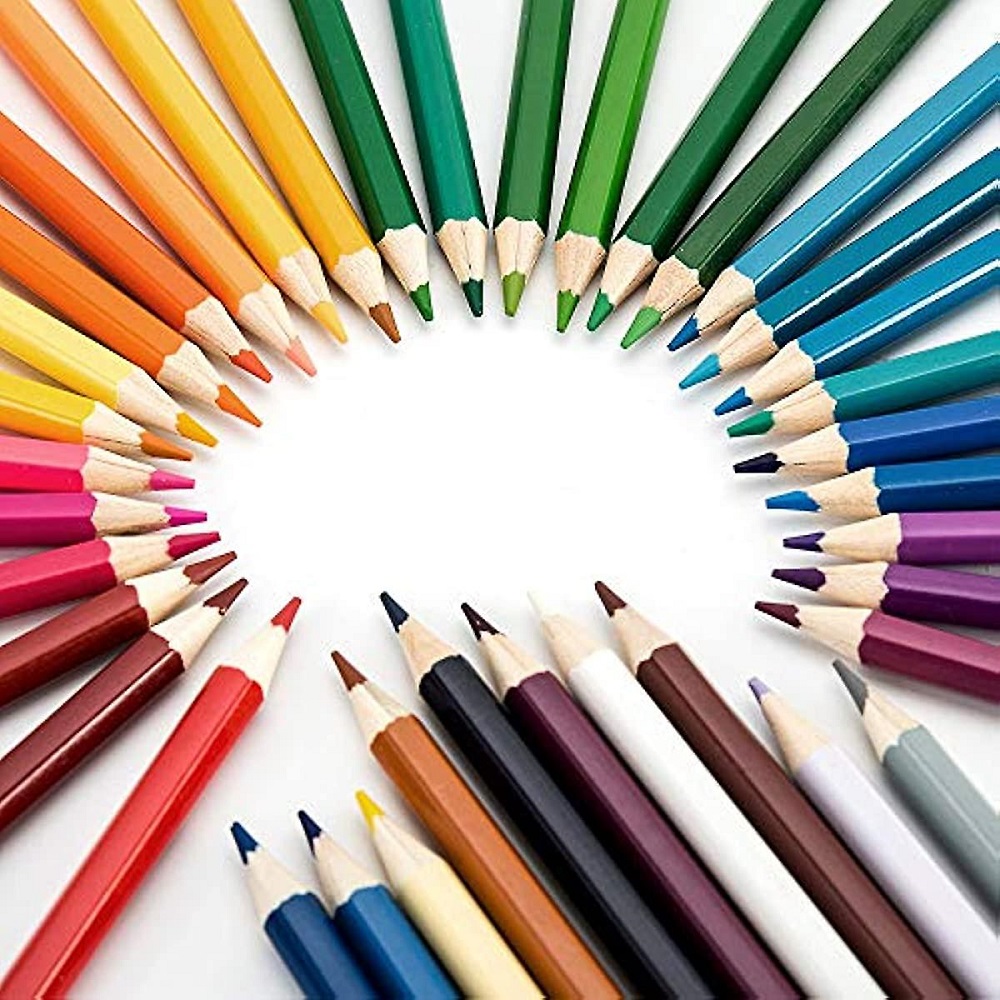Creating depth and dimension in colored pencils artwork relies heavily on effective blending and shading techniques. Mastering these skills not only elevates your art but can also transform simple drawings into stunning visual representations. In this guide, we will explore various techniques and tips that will help you blend and shade like a pro, enhancing your overall artistic expression.
Understanding the Basics of Color Theory
The Color Wheel
Before diving into blending and shading techniques, it’s crucial to understand the fundamentals of color theory. The color wheel consists of primary, secondary, and tertiary colors. Familiarizing yourself with these categories will help you mix colors effectively. For example, red, blue, and yellow are the primary colors, while mixing them creates secondary colors like orange, green, and purple. Understanding these relationships can help you achieve the specific tint or shade you want in your artwork, ensuring a coherent and pleasing color scheme.
Complementary and Analogous Colors
Complementary colors—those opposite each other on the color wheel—create striking visuals when blended. For instance, pairing blue with orange can produce vibrant results that attract the viewer’s eye. Using complementary colors effectively can help create highlights and shadows that enhance the perception of depth. On the other hand, analogous colors, which sit next to one another on the wheel, can create a calming and harmonious effect. When you use a mix of these color relationships, you can add layers of complexity and refine your blending and shading techniques, making your artwork visually captivating.

Layering Colors for Depth
Starting with Light Layers
Layering is among the most effective techniques for achieving depth in colored pencil artwork. Begin with light, even strokes to build a base layer. It’s essential to start light so that subsequent colors can be applied on top without overwhelming the paper. This initial layer serves as a canvas for the colors to build upon, giving you more flexibility as you progress. By keeping your strokes light and soft, you allow for easier adjustments later on, ensuring you maintain control of the artwork’s final appearance.
Building Up Color Gradually
Take time to build multiple layers for richness in hue and texture. Once you have established your light base, start introducing mid-tone colors using light pressure. This step is crucial for creating a realistic look, as many colors in nature exist in gradients rather than stark contrasts. After applying your mid-tones, you can throw in darker shades for contrast and depth, making the image pop. The gradual approach allows you to create smooth transitions between colors, ensuring that your artwork moves away from flatness and toward a more lifelike representation.

Blending Techniques
Using a Blending Tortillon
A blending tortillon is a tightly rolled paper tool that acts as a fantastic way to achieve smooth gradients in your artwork. By gently rubbing the tortillon over your colored layers, you can blend colors seamlessly, which softens lines and creates a more cohesive blending effect. This technique plays a crucial role in areas requiring subtle transitions, such as skin, sky, or fabric. When working with intricate details, it’s essential to control the pressure you apply, as too much force can remove the pigment rather than blend it.
Blending with a Colorless Blender
A colorless blender pencil contains a waxy core that helps to mix colors while maintaining their vibrancy. Using it over your colored layers can soften edges and create a more polished look. Unlike traditional colors, a colorless blender allows you to achieve a buttery smooth texture without introducing additional hues. This technique is particularly effective for detailed areas where you want to maintain the integrity of lighter and darker shades while creating a cohesive look. By mastering the use of a blender pencil, you can elevate your artwork to a professional standard, ensuring that your colors mix beautifully and harmoniously.
Shading Techniques
Light Source Awareness
To achieve realistic shading, understanding your light source is critical. Light can create various effects depending on its intensity and direction. Determine where the light originates and how it affects your subject. For instance, in a still-life piece, understand which areas are highlighted versus those in shadow to create a balanced representation. Keeping light source dynamics in mind allows you to visualize where to place darker or lighter shades, dramatically improving your artwork. Recognizing this makes shading much easier and more intuitive.
Techniques for Shadowing
When creating shadows, start by using a combination of your base color and darker shades for areas requiring depth. Using a light touch initially, apply your base color in the shadowed areas first, then gradually layer on darker colors to create a smooth transition between light and dark. You can also introduce complementary colors for dynamic shadows, such as using a subtle blue on a warm-colored object. Focus on creating gradients rather than harsh lines; this attention to detail can enrich your piece, inviting viewers to engage with the subtle narrative of light and shadow.

Creating Texture
Using Short, Stippled Strokes
Texture adds richness to colored pencil artwork and gives it a three-dimensional quality. One effective technique for creating texture is using short, stippled strokes that mimic natural patterns. For example, to represent fur, use quick, short strokes to capture the chaotic essence of the hair. This technique works especially well for surfaces that require a high degree of detail and can help convey tactile sensations within your drawings.
Experimenting with Directionality
Another way to enhance texture is by varying the direction of your strokes. Using techniques like cross-hatching or scribbling can build complexity in your artwork. Cross-hatching involves layering lines in various directions, effectively creating a rich visual experience. For instance, apply cross-hatching to depict rough surfaces like tree bark or woven fabrics. The key is to pay close attention to how your subject feels and appears in real life, allowing those observations to inform your technique. The result is a more engaging piece that invites viewers to explore every detail.
Using Mixed Media for Enhanced Effects
Introducing Watercolor or Ink
Incorporating mixed media can elevate your colored pencils artwork dramatically; adding watercolor or ink can open up a new world of creativity. Watercolors can serve as a base layer, offering fluidity and smooth backgrounds that can enhance detailed pencil work. This combination allows for both soft transitions and sharp details, which can produce striking visual effects. Experimenting with this method will give your artwork a unique flair that captures the essence of different mediums.
Experimenting with Other Mediums
Consider integrating additional supplies, like markers or charcoal, into your colored pencils pieces. Markers can offer bolder lines or vivid colors that contrast beautifully with colored pencils, while charcoal introduces a soft, smoky effect perfect for shadows. Using different media encourages experimentation and can lead to surprising and unique results. Mixing techniques allows you to develop your distinct artistic voice, and these mixed-method explorations often yield some of the most memorable outcomes.

Practicing and Developing Your Skills
Set Aside Regular Practice Time
Like any art form, mastering blending and shading with colored pencils requires consistent practice. Dedicate time each week to hone your skills. You might focus on specific techniques one session and tackle more complex subjects in another. Set small, achievable goals for yourself—like perfecting a new blending technique or shading a particular object. The more you practice, the better your understanding of how different colors interact and how to manipulate them effectively.
Seeking Feedback and Inspiration
Don’t hesitate to seek feedback from fellow artists or teachers. Constructive critiques offer fresh perspectives and new ideas, enhancing your work. Engage actively with the art community online or locally; platforms like Instagram and art forums can provide endless inspiration. Observing how other artists approach blending and shading can give you invaluable insights and techniques to incorporate into your style. Participating in workshops or courses will further develop your skills, ensuring that you remain engaged with the artistic community.

Elevating Your Colored Pencil Art
Blending and shading are vital skills that can transform your colored pencils artwork into stunning pieces that capture attention and provoke emotion. By mastering techniques like layering, using various blending tools, and understanding shading principles, you lay the foundation for creating depth and realism. Regular practice, exploration of mixed media, and engagement with the artistic community will further enhance your abilities. Embrace these techniques, and watch your colored pencil masterpieces come to life! With dedication, creativity, and a willingness to experiment, you can elevate your art to new heights, producing works that resonate deeply with both you and your audience. So pick up those colored pencils, set your imagination free, and start crafting incredible art that tells your unique story!
